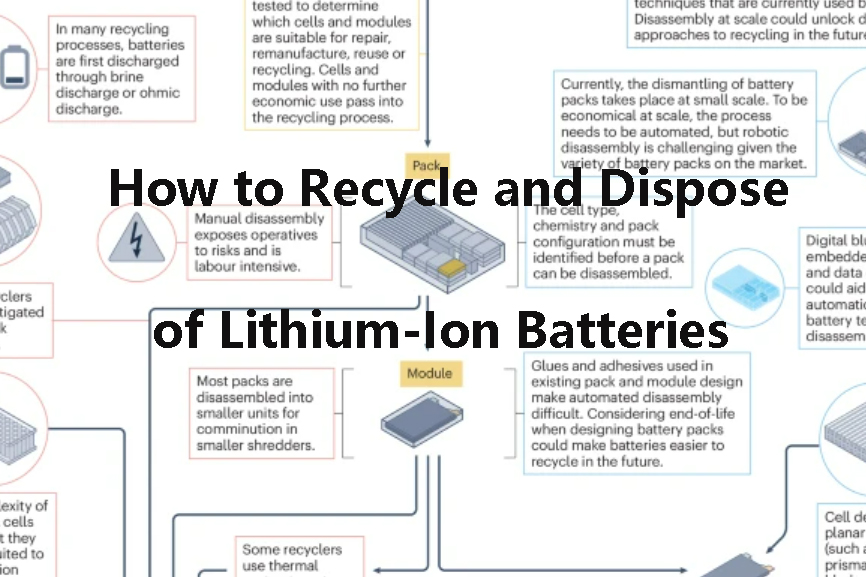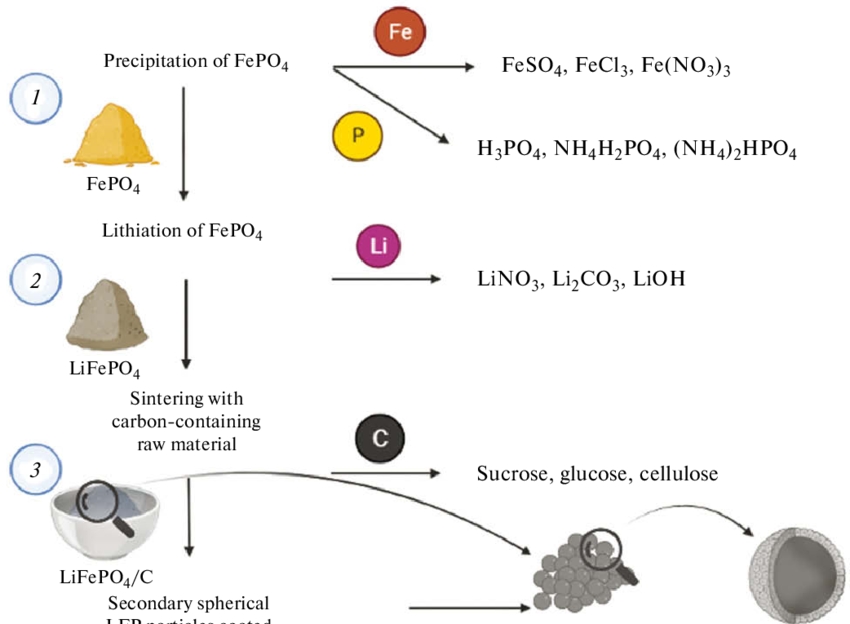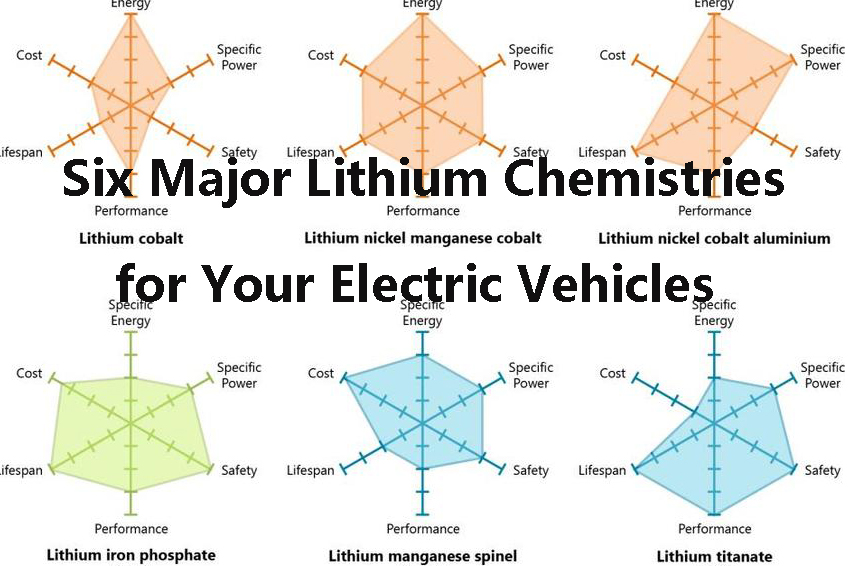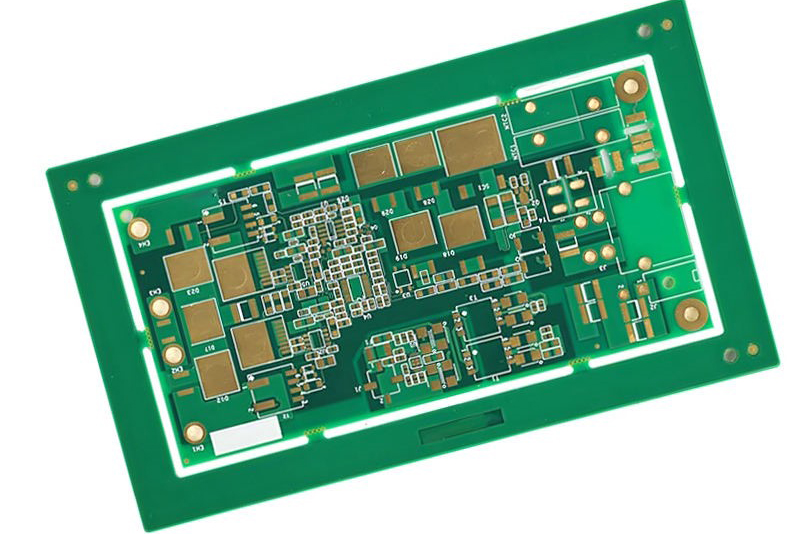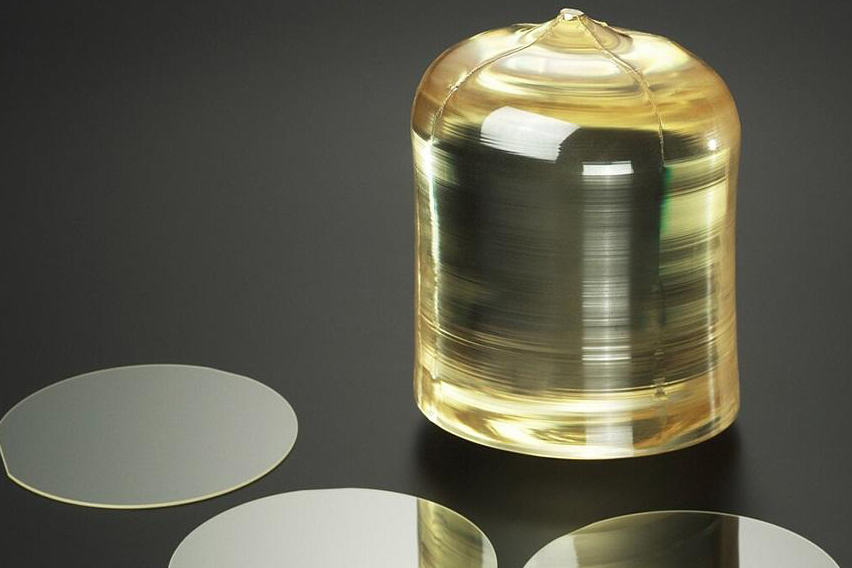
The Wide World of Conductive Materials
Let me tell you about conductive materials - these unsung heroes that power our modern world. After 40 years tinkering with everything from copper wiring to superconducting magnets, I still get excited when I see how these materials shape our daily lives. Grab a cup of coffee and let me walk you through the fascinating world of materials that make electricity flow.
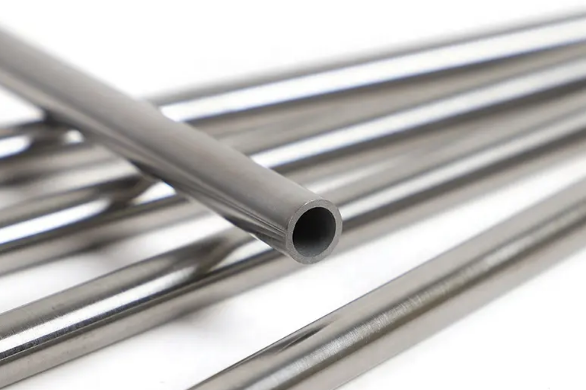
1. Good Old Metals and Alloys: The Backbone
Now, if you want something that conducts electricity well, you can't beat traditional metals. I always tell my students to think of metals like highways for electrons - their free-moving electrons zip along with hardly any resistance, like cars on a freshly paved freeway at 3 AM.
Take copper, for instance. That's the workhorse of conductivity. I've seen more miles of copper wire than I care to remember - it's in your house wiring, your smartphone, even your car's electrical system. Reliable as an old wrench, conducts like a dream, and won't break the bank. We've been using it since the telegraph days, and we'll probably still be using it when we're colonizing Mars.
Then there's silver - now that's the thoroughbred of conductors. Best conductivity money can buy, but priced accordingly. We save it for special jobs where performance really counts, like high-end electronics or precision instruments. I remember back in '92 when we had to rewire an entire satellite communication system with silver - cost a fortune, but boy did it perform!
Aluminum's another interesting case. Lighter than copper and cheaper too - makes it great for power lines stretching across the countryside. But here's a lesson I learned the hard way: aluminum needs special connectors. Back in my early days, we had a whole substation go down because someone used the wrong connectors. The resulting oxidation created enough resistance to melt right through the terminals!
Now let's talk alloys - that's where things get really interesting. Mixing metals is like making a good stew - the right combination gives you both strength and conductivity. Brass (that's copper plus zinc) and bronze (copper plus tin) are perfect examples. I've got a set of bronze tools in my workshop that conduct well enough for grounding purposes but are tough as nails.
And don't get me started on specialty alloys like nichrome for heating elements or tungsten-copper for high-temperature applications. Each one's a carefully balanced recipe developed through years of trial and error. It's like baking - a little more of this, a little less of that, and suddenly you've got a material that can handle the intense heat of a rocket nozzle while still conducting electricity.
2. Tough Cookies: Conductive Ceramics
Now here's something that always surprises my students - ceramics that conduct electricity! Most folks think of ceramics as those insulators on power lines or the coffee mug on your desk. But tweak their chemistry just right, and you get materials that can handle heat and corrosion like absolute champs.
Take ITO (Indium Tin Oxide) - that's the magic behind your smartphone's touchscreen. Clear as glass but conducts electricity like a metal. I remember when we first started working with this stuff in the 80s - we thought we'd discovered alchemy! Today, it's in every touchscreen device from phones to ATMs.
Zinc Oxide is another favorite of mine. Works great in surge protectors - you know, those devices that save your electronics during lightning storms. It's got this neat property where it's normally insulating, but when the voltage spikes, it suddenly becomes conductive, shunting the excess electricity to ground. Clever stuff!
Then there's Silicon Carbide - the tough guy of conductive ceramics. This stuff can take the heat in jet engines and power plants where metals would just give up. I've seen SiC components glowing red hot and still functioning perfectly. It's like the Chuck Norris of materials - nothing seems to phase it.
The secret sauce with these materials is what we call "doping" - adding just the right amount of other elements to make electrons flow. It's like adding salt to a recipe - too little does nothing, too much ruins it completely. Getting that balance right is part art, part science, and all experience.
3. See-Through Conductors: Conductive Glass
This one always gets my students sitting up straighter in their chairs - glass you can see through that also conducts electricity! It's all about that thin, invisible coating we put on the surface.
The coatings we use - things like ITO or FTO (Fluorine-doped Tin Oxide) - are so thin they're barely there. About 1/1000th the width of a human hair, yet they do the job beautifully. I like to compare it to those invisible dog fences - you can't see it, but it's doing important work.
Most folks don't realize how much conductive glass they interact with daily. Every time you swipe your smartphone screen or use an ATM, you're using conductive glass. Solar panels? They use it too - lets the sunlight in while collecting the generated electricity.
But here's what really excites me - the future applications. We're working on "smart windows" that can tint automatically using this technology. Imagine office buildings where the windows darken when the sun gets too bright, saving on air conditioning costs. Or car windshields that can defrost themselves in winter. The possibilities are endless!
4. The Magic of Superconductors
Now for the really fun stuff - superconductors. These materials lose all electrical resistance when they get cold enough. It's like electricity becomes a superhighway with no traffic, no speed limits, and no toll booths!
MRI machines in hospitals use superconducting magnets to create those incredibly strong magnetic fields for imaging. Without superconductors, we'd never have the detailed medical scans we rely on today. I remember when we first installed an MRI at our university hospital - the whole department was giddy with excitement.
Maglev trains are another cool application. They literally float on magnetic fields created by superconductors. I rode one in Japan a few years back - smooth as silk and faster than you'd believe. Felt like something out of science fiction!
The holy grail is power transmission. Imagine sending electricity across continents with zero loss! Right now, we lose about 5% of all generated power in transmission lines. With superconducting cables, that could be reduced to practically nothing. We're not quite there yet, but we're making progress every year.
The catch? Most superconductors need extreme cold to work - we're talking -200°C or colder! That's why you'll see MRI machines with big tanks of liquid helium. But here's the exciting part - we're finding new materials that work at "warmer" temperatures all the time. When I started in this field, the record was around -250°C. Now we've got materials that superconduct at -70°C. Still chilly, but much more practical!
Final Thoughts
From the copper in your morning coffee maker to the superconductors in cutting-edge labs, conductive materials make our electrified world possible. What fascinates me most after all these years is how we keep finding new ways to make materials conduct better, last longer, and do more.
So the next time you flip a light switch or use your smartphone, take a moment to appreciate the incredible materials science that makes it all possible. As we used to say back in the lab: "It's not magic - it's materials science!" And trust me, the real magic is in understanding how these everyday miracles actually work. For more semiconductor materials and applications, please check Stanford Electronics.

